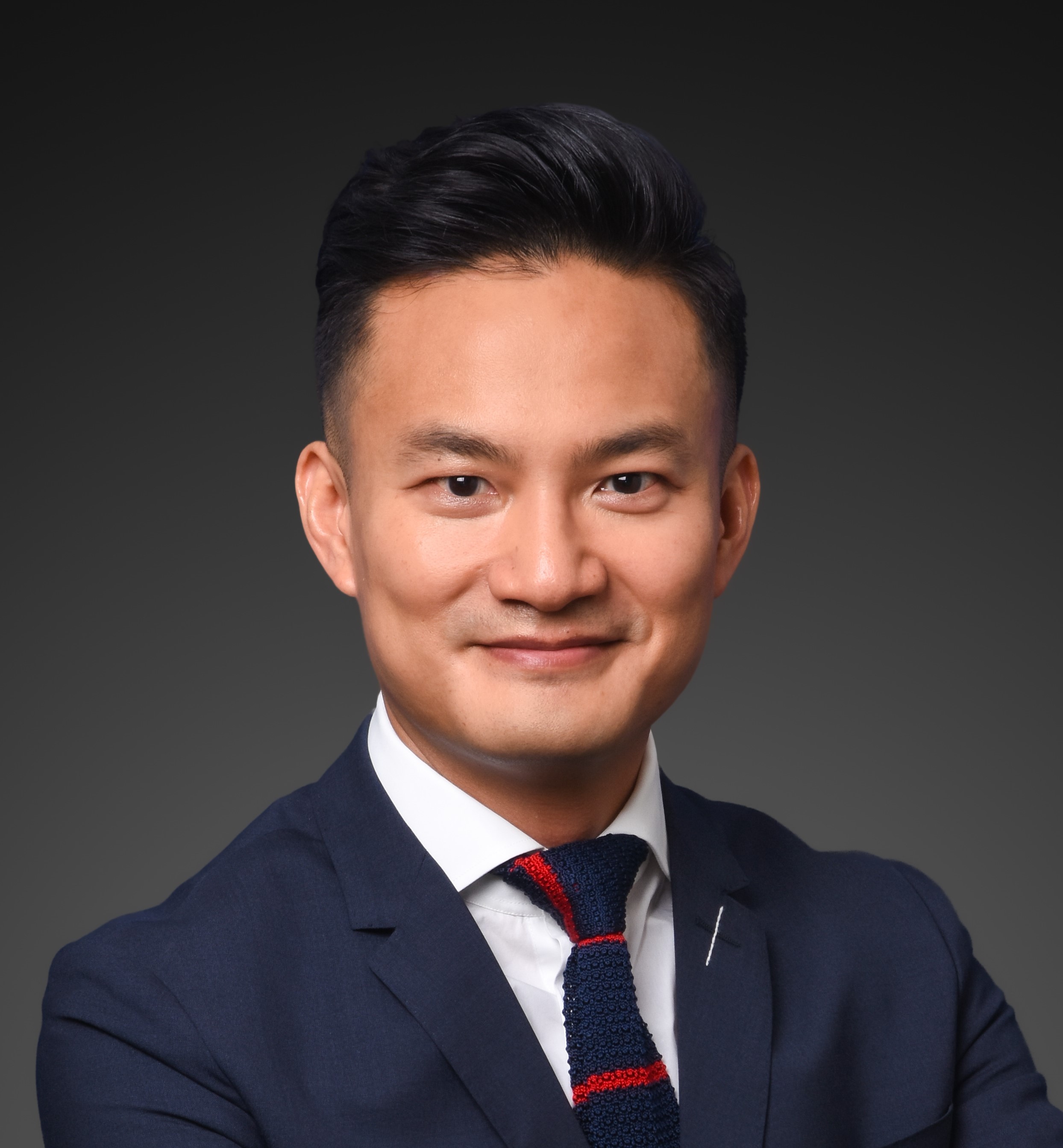Dr.KelvinChong Hong Kong, China

Prof Kelvin Chong is the first full-time academic in orbital and oculoplastic surgeries(OOPS) in Hong Kong. He is the Clinical Associate Professor, Chief of Orbital and Oculoplastic Surgery, Department of Ophthalmology and Visual Sciences, Faculty of Medicine, The Chinese University of Hong Kong(CUHK). He serves as the Director of Eye Centre, CUHK Medical Centre and Honorary Consultant Ophthalmologist of 6 public hospitals.
His research focuses on thyroid eye disease(TED), IgG4-related ophthalmic disease, and minimally invasive OOPS. He pioneered the first thyroid eye clinic and image-guided medical and surgical decompression for TED. He led multiple randomized clinical trials(RCT), introduced Mohs micrographic surgeries, sentinel lymph node biopsy, endoscopic navigation, 3D-printing, and dacryoendoscopy to HK.
He published over 120 peer-reviewed articles, 10 book chapters, 15 patents, and delivered over 180 invited & keynote lectures. He trained 16 postgraduate students, 17 OOPS fellows and obtained >US$3.5 million as Principal Investigator of 26 competitive research grants. He was bestowed 2 research, 3 invention, 7 conference presentation, 9 service and achievement awards.
He co-founded and presided the Hong Kong Society of Ophthalmic Plastic and Reconstructive Surgery(HKSOPRS) and is currently the President-elect of the Asia Pacific Society of Ophthalmic Plastic and Reconstructive Surgeries(APSOPRS).
20 MARCH
| Time | Session |
|---|---|
|
13:50
15:20
|
Thyroid Eye Disease Management
101
|
